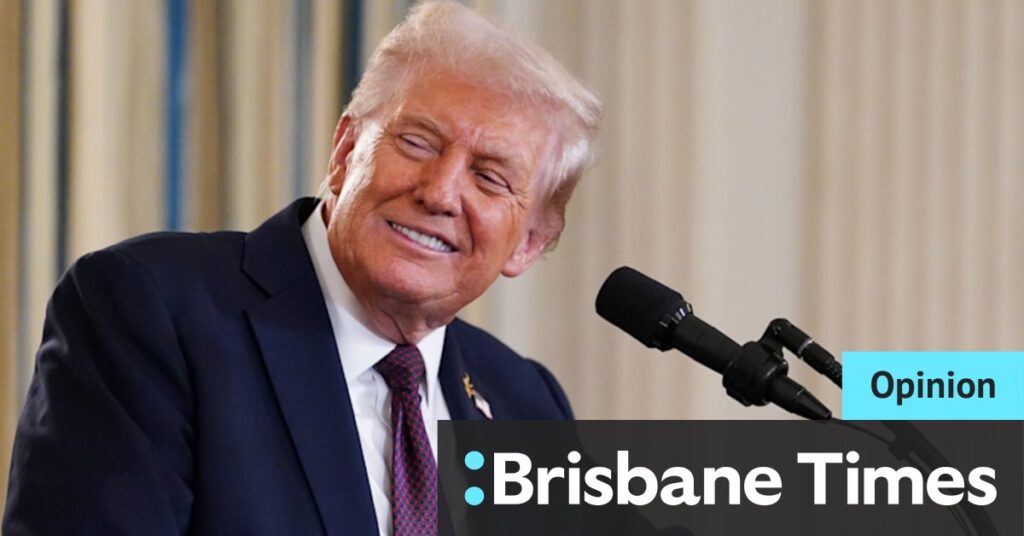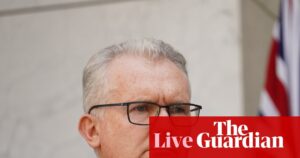
As the United States enters a new fiscal year without an approved budget, the Trump administration finds itself at the center of a government shutdown that could have far-reaching economic implications. The shutdown, which began on October 1, comes amid significant economic uncertainty, much of it attributed to the administration’s own policies on trade and immigration.
Unlike previous shutdowns, this one occurs as the unemployment rate is rising, with an estimated 750,000 government employees expected to be furloughed without pay. The administration has also threatened mass layoffs, a departure from past practices where furloughed workers were eventually paid. This raises concerns about the potential for stagflation, as inflation rates have also been climbing.
Economic Data in Limbo
The Federal Reserve faces a complex dilemma as it navigates the economic landscape without crucial data. Key reports, including the payroll report, inflation data, unemployment numbers, and retail sales, are at risk of being delayed if the shutdown persists. This lack of information could hinder the Fed’s decision-making process regarding interest rates.
Historically, government shutdowns have been brief, with an average duration of eight days. They have had minor economic impacts, primarily because furloughed workers received back pay, mitigating the effect on GDP. However, the 25-day shutdown during Trump’s last term cost the US 0.4 percentage points of GDP, according to the Congressional Budget Office.
Wider Economic Impact
The disruption extends beyond government employees to contractors and private sector companies reliant on government services. A prolonged shutdown could lead to private sector furloughs, further dampening consumer confidence and spending. Consumer sentiment has already been affected by a shrinking job market and rising inflation, compounded by the administration’s aggressive tariff policies.
Foreign investors, wary of the US’s political instability, may reduce their exposure to American markets. The US dollar has weakened by approximately 11% this year, while gold prices have surged by 47%, reflecting investor anxiety over tariffs, inflation, and US debt.
Political Standoff and Future Implications
The shutdown highlights the deep political divisions within the US. Democrats are unwilling to concede on healthcare spending cuts proposed by the Trump administration, which threaten to unravel the “Obamacare” reforms. Republicans, on the other hand, are using the shutdown to push their agenda for smaller government and reduced spending.
Republican leaders have suggested negotiating a compromise on health insurance funding, but only if Democrats agree to a short-term funding package without conditions. The Democrats, however, are reluctant to relinquish their leverage, fearing that the Republicans may not follow through on meaningful concessions.
The administration has already frozen billions of dollars allocated for “green” and transport projects, particularly in Democrat-led states, using the shutdown as a pretext to cut funding for programs they oppose.
Market Vulnerability and Historical Context
The US sharemarket, buoyed by the AI boom, could be vulnerable if the shutdown continues and the economy shows signs of deterioration. With inflated valuations, any market instability could lead to significant downturns.
While previous shutdowns have had fleeting impacts, the current political climate and the unique nature of the Trump administration suggest that this time could be different. The administration’s unpredictable policies and the polarized political environment add layers of complexity to an already fragile economic situation.
As the shutdown continues, the potential for lasting economic consequences grows. The political impasse, combined with economic uncertainty, poses a significant challenge for the US, both domestically and on the global stage.





